
There are three distinct Schnauzer dog breeds. The oldest and progenitor of the other two Schnauzer breeds is the mid-sized Standard Schnauzer or Mittelschnauzer. While this breed probably originated in the Middle Ages, it is the least popular of the Schnauzer breeds with an American Kennel Club (AKC) registration ranking of 99 in 2005. The most popular Schnauzer is the Miniature Schnauzer with an AKC registration ranking of 10 in 2005. The Mini or Zwergschnauzer was originally bred as a rat catcher and watchdog but is now an extremely popular companion dog. The Giant Schnauzer or Reisenschnauzer was bred to be a capable and versatile working dog and was ranked 78 in 2005 AKC registrations.
The German Schnauzers share a common ancestry and genetics with the versatile German Pinscher breeds. At one time the rough-coated Schnauzers and smooth-coated Pinschers were thought to be varieties of the same German Pinscher Breed as they often occurred in the same litter. The smooth puppies were called Pinschers and the rough puppies with furry schnauzes or muzzles were called Schnauzers. The mid-size German Pinscher was also involved in the development of the Doberman, Miniature Pinscher and other Pinscher type breeds. However it is best known for its involvement in the development of the wire-haired Pinscher or Standard Schnauzer which became an official breed when it was exhibited in Germany in the 1870's.
About the 1850's farmers around Munich used various large drover cattle dogs to work their cattle and then bred them with Standard Schnauzers and possibly black Great Danes and Bouvier des Flandres. The progeny of this breeding program were then carefully bred with Standard Schnauzers to produce a larger version with similar characteristics. These larger dogs were initially called Mucheners and later Giant Schnauzers or Reisenschnauzers and were used to herd cattle and sheep. The Giants also became prized as guard dogs and watchdogs for butcher shops and breweries. In fact the Giants became less popular as farmer's cattle dogs and more popular as coach dogs and guard dogs. By the end of the 19 century the Giant Schnauzer became an extremely popular participant at German dog shows. During the First World War, the Giant became an excellent police and security dog and also a battle-tested war dog. Giant Schnauzers were intelligent, powerful, large enough to be a deterrent and easy to train. In Germany the Giant became the dog of choice for police and military work. In the US and Canada, Giants are used for search and rescue work and also at airports for the detection of dangerous or illegal substances.
The first Giants were shipped to North America in the 1920s and by the 1930's some of the best German breeding stock was in the US. The Giants have excelled in conformation, obedience, agility and schutzhund competitions and when thoroughly socialized make good family pets. However this is not a dog for an inexperienced or novice dog owner as the Reisenschnauzer is a dominant breed which is genetically protective of its family pack and distrustful of strangers. Owning a Giant takes a gigantic commitment to early and on-going socialization with children, other dogs and strangers. Giants can be aggressive toward small pets, other dogs and overly protective of its family's children when they are playing with others. Small children should be thoroughly supervised when playing around the Giant Schnauzer as the breed will try and dominate them. Giant Schnauzers do best with older family children and are not the best breed for families with young children or other pets. This breed has the potential for assertive and aggressive behavior and the owner must be capable of controlling this powerful dog on its leash when it attempts to get into a fight with another aggressive dog. Giants require lots of time and attention and need lots of human interaction. They are also working dogs and require lots of daily exercise. Giants make fantastic family pets if they are thoroughly socialized and trained when young. All members of the family should be involved in the early training and socialization so that the young Giant doesn't try to raise itself in the family pack hierarchy and dominate certain family members. All members of the family should use the same consistent approach to dealing with the Giant so it knows that it is at the bottom of the family pack hierarchy. Caution should also be used when strangers come onto the Giant's property or into its house. The Giant must be thoroughly socialized to accept the visits of strangers when it is a puppy or else it must be locked in its crate to avoid being overly protective of its turf when strangers visit.
Giant Schnauzers have an expected lifespan of about 10 to 12 years. Prospective buyers should ask for the breeding parents Orthopedic Foundation for Animals test results for hip dysplasia. They should also ask about cancer, hypothyroidism, epilepsy and bloat in the breeders specific bloodlines.
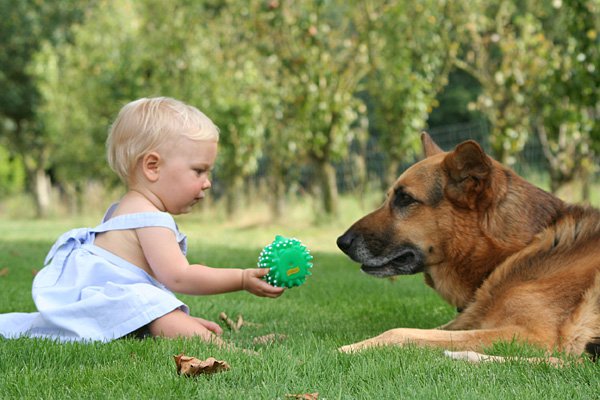 Advantage of Selecting the Right Dog Boarding Service for Your Pet
Advantage of Selecting the Right Dog Boarding Service for Your Pet
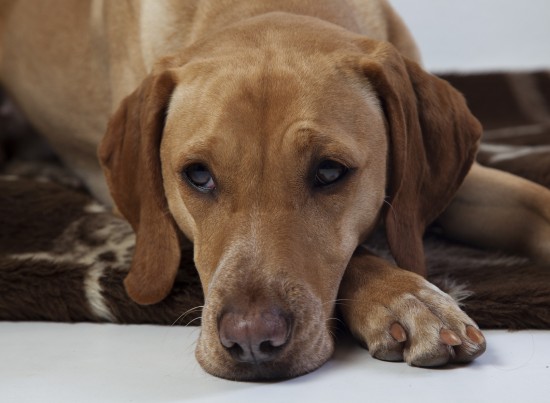 Tetanus Or Lockjaw In Cats And Dogs
Tetanus Or Lockjaw In Cats And Dogs
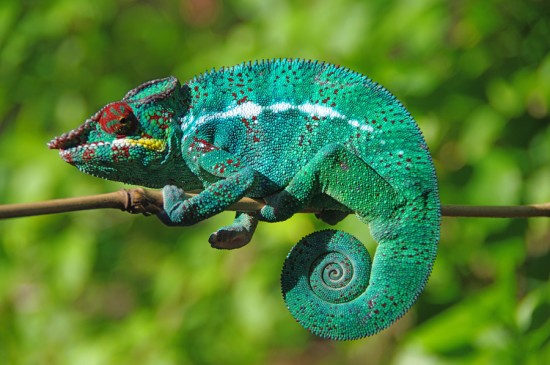 Chameleons - The Amazing Technicolour Pet!
Chameleons - The Amazing Technicolour Pet!
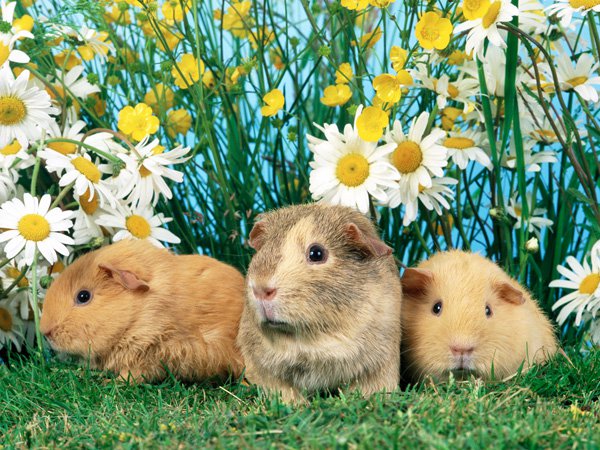 Frequently Asked Questions about Dog Bite Law
Frequently Asked Questions about Dog Bite Law
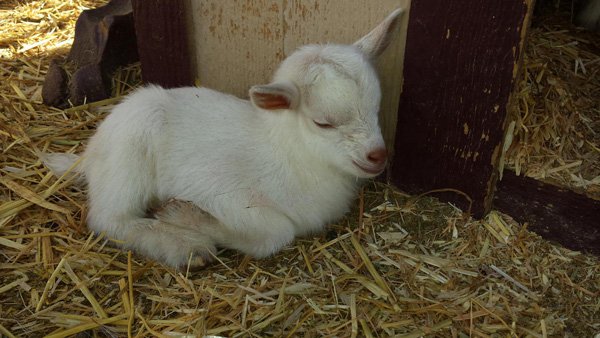 Collect Amazing Items to Delight Your Pets from the Best Online Pet Store
Collect Amazing Items to Delight Your Pets from the Best Online Pet Store
 Everything You Need To Know About Gerbils
Everything You Need To Know About Gerbils
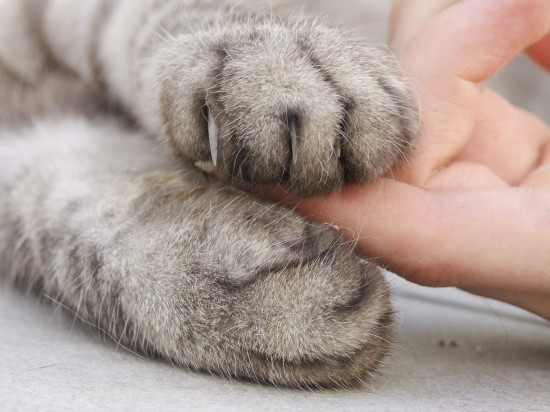 How To Give Your Cat A Monthly Health Check
How To Give Your
How To Give Your Cat A Monthly Health Check
How To Give Your
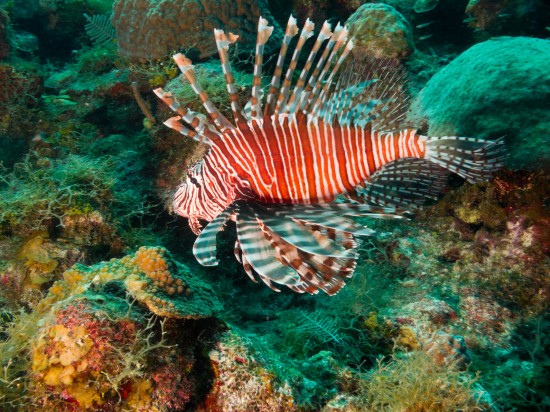 Keeping Lionfish In A Tropical Aquarium
Keeping Lionfish
Keeping Lionfish In A Tropical Aquarium
Keeping Lionfish
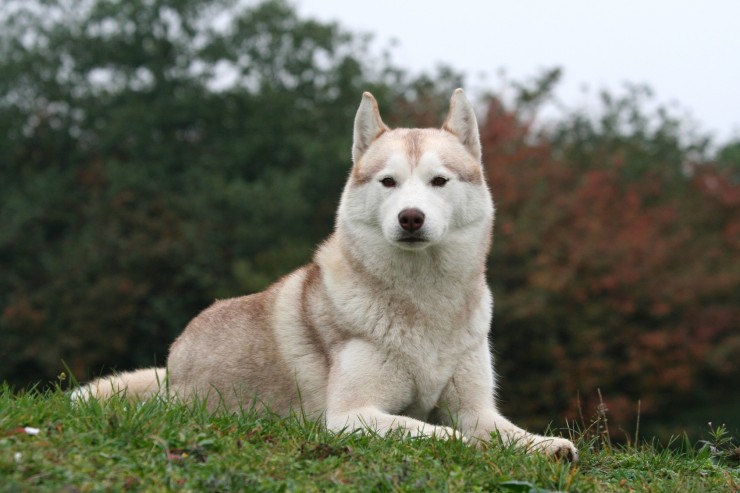 Ten Important Questions To Ask When Buying Or Adopting An Adult Dog
Ten Important Que
Ten Important Questions To Ask When Buying Or Adopting An Adult Dog
Ten Important Que
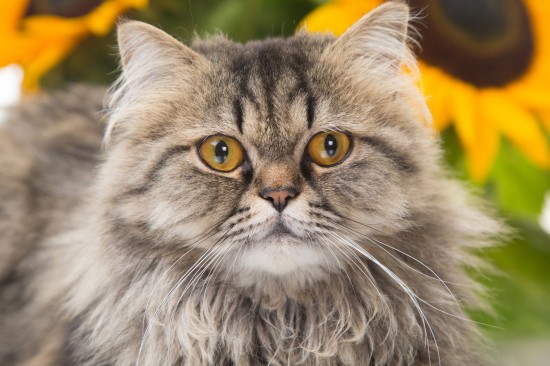 Polycystic Kidney Disease In Persian-type Cats
Polycystic Kidney
Polycystic Kidney Disease In Persian-type Cats
Polycystic Kidney
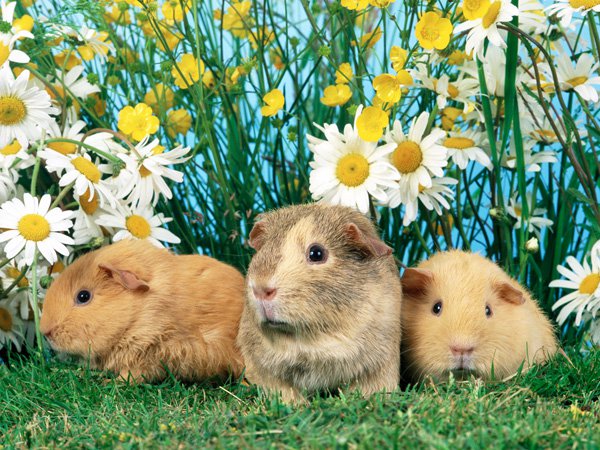 Benefits of employing a Boarding Kennels in Saxilby for your dogs!
Benefits of employing a Boarding Kennels in Saxilby for yo
Benefits of employing a Boarding Kennels in Saxilby for your dogs!
Benefits of employing a Boarding Kennels in Saxilby for yo
Copyright © 2005-2016 Pet Information All Rights Reserved
Contact us: www162date@outlook.com